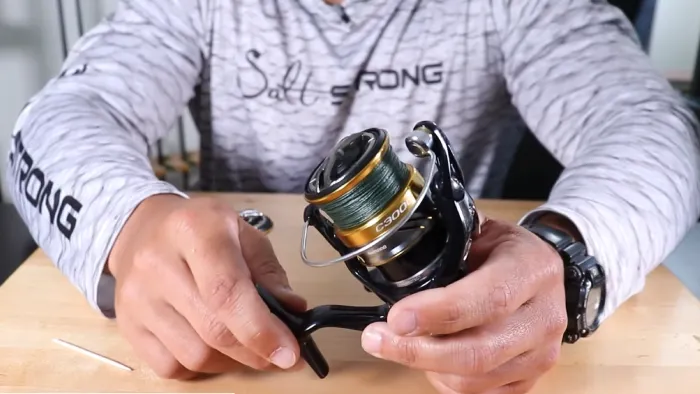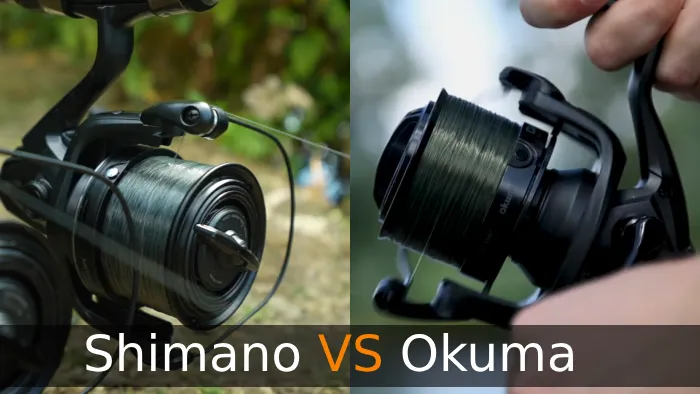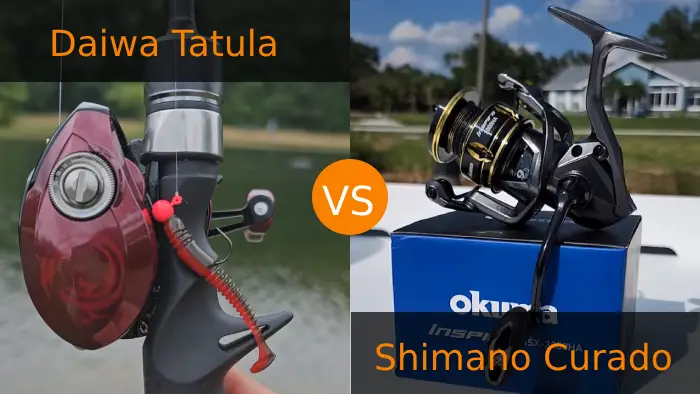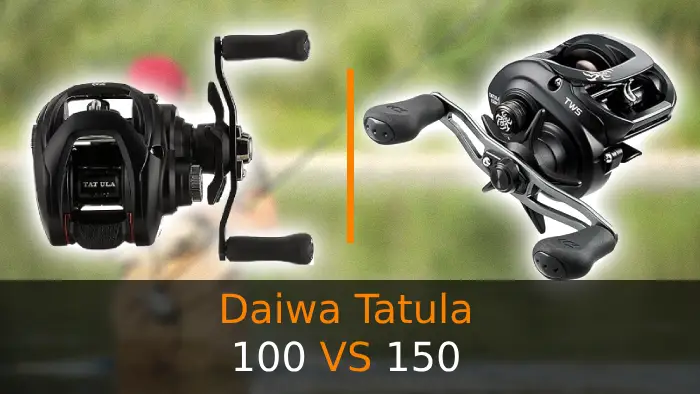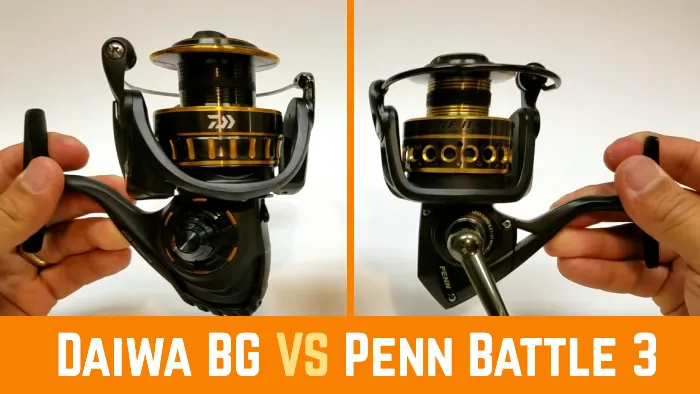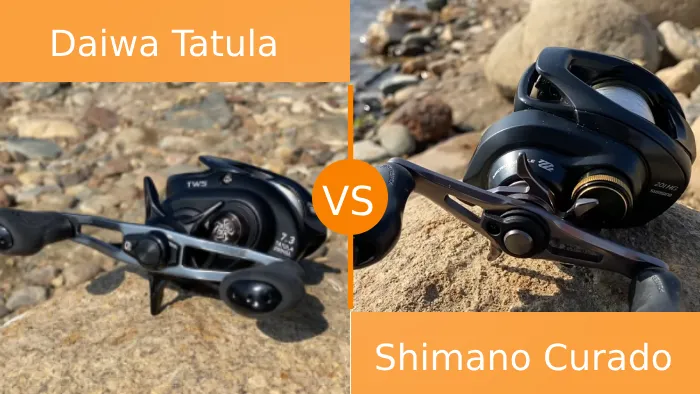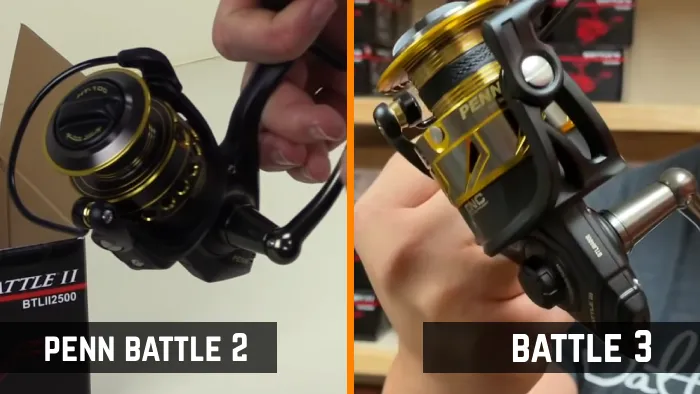What Does Max Drag Mean on a Fishing Reel: Explanation from Expert Angler
The drag system in a fishing reel is an often-underappreciated component that plays a crucial role in the success of any angling expedition. At its core, a drag system consists of friction plates determining how much resistance a fish encounters when pulling on the line.
Max drag represents the maximum force a fishing reel can safely withstand during intense battles with strong fish. Conversely, line weight denotes the recommended range of fishing line strength suitable for a particular fishing rod.
While max drag limits the force the reel can exert, the fishing line acts as the ultimate breaking point in the system. It prevents line breakage and ensures a smooth and controlled battle with the fish.
Here, we’ll explain the factors associated with max drag, how to achieve the perfect drag, and what constitutes a good max drag for your fishing needs.
How Do You Maximize the Drag on Your Fishing Reel?
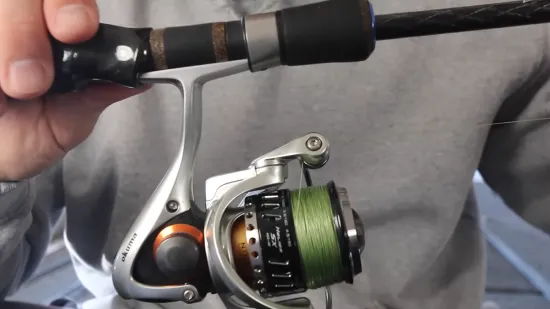
Several key factors must be considered to maximize the drag on your fishing reel. Here are some of the most important ones:
- Drag system type
- Drag washers and surface area
- Reel construction and materials
- Heat dissipation and overheating
- Targeted species and fishing scenario
- Spool size and line capacity
- Drag lever and adjustment mechanisms
- Fishing line type and diameter
- User skill and experience
- Fishing regulations and ethical considerations
Let’s look at each of these and discuss what they mean for achieving the ideal maximum drag.
No 01. Drag System Type
The type of drag system in a fishing reel plays a significant role in determining its maximum drag capability. There are various types of drag systems, including front drags, rear drags, star-shaped knobs, centrifugal force systems, and dial-adjustable drags. Each system operates differently and has distinct capabilities.
For example, front drags are known for their smoothness, while star-shaped knobs on bait-casting reels offer precise control. The design and engineering of the drag system influence its ability to handle and distribute pressure, ultimately affecting the maximum drag the reel can safely provide.
No 02. Drag Washers and Surface Area
Drag washers are components within the drag system responsible for creating friction against the spool to control line payout when a fish pulls. These washers’ surface area and material composition are critical factors in determining the reel’s maximum drag.
Increased surface area, achieved through larger or more numerous washers, allows for higher maximum drag capabilities. Manufacturers aim to intensify drag performance without sacrificing smoothness or overloading other reel components.
Properly designed and well-maintained drag washers are essential for reliable and consistent drag performance.
No 03. Reel Construction and Materials
The construction and materials used in the reel’s body and components also influence its maximum drag capacity. High-quality materials and precision engineering can result in reels that can handle greater forces.
Reels designed for heavy-duty applications, such as big game or offshore fishing, often feature robust construction and materials to withstand the stress placed on them during battles with powerful fish.
Factors like frame strength, gear quality, and the use of advanced alloys contribute to a reel’s ability to maintain high drag settings safely.
No 04. Heat Dissipation and Overheating
The heat generated during a prolonged fight with a strong fish can affect a reel’s performance and maximum drag. Reels with effective heat dissipation mechanisms, such as cooling fins or materials with high thermal conductivity, can maintain their drag capabilities without overheating.
Overheating can lead to reel failure, compromising the drag system and other critical components. Anglers should be cautious not to exceed the reel’s recommended drag settings, which can contribute to overheating and reduced performance.
No 05. Targeted Species and Fishing Scenario
The maximum drag needed on a fishing reel is closely tied to the specific species being pursued and the fishing scenario. Different fish species exhibit varying levels of strength and fighting abilities.
For instance, targeting large predators like marlins or tuna may require a reel with a higher maximum drag to shorten the fight time and prevent the fish from escaping. In contrast, lighter drag settings suit smaller or less powerful fish.
Understanding the requirements of your targeted species and fishing conditions is crucial for selecting the appropriate reel with the right maximum drag capacity.
No 06. Spool Size and Line Capacity
The size of the reel’s spool and its line capacity can impact the maximum drag it can handle. A larger spool typically allows for more lines to be wound onto the reel. When targeting larger fish or where a fish may take a long run, having a larger line capacity can be advantageous.
However, ensuring that the reel’s drag system can handle the increased pressure associated with a fully spooled reel is essential. Balancing spool size and line capacity with the reel’s drag capacity is crucial for optimal performance.
No 07. Drag Lever and Adjustment Mechanisms
The design and precision of the drag adjustment mechanisms, including the drag lever or knob, directly affect the reel’s ability to apply and maintain drag pressure. Some reels offer fine-tuned adjustments, allowing anglers to set the drag precisely to their preferences and the fish they are pursuing.
These mechanisms’ quality and ease of use influence how effectively the drag can be applied and controlled during a fight. Reels with well-engineered drag adjustment features can give anglers greater control over the drag setting, contributing to a smoother and more successful fishing experience.
No 08. Fishing Line Type and Diameter

The type and diameter of the fishing line used with a reel can impact its maximum drag capabilities. Different fishing lines, such as monofilament, fluorocarbon, and braided lines, have varying levels of stretch and strength.
Thicker diameter lines often have higher breaking strengths, requiring a reel with a higher maximum drag capacity to prevent line breakage. Understanding and matching the characteristics of your chosen fishing line with a suitable reel is essential for maximizing drag performance while avoiding line failures.
No 09. User Skill and Experience
An angler’s skill and experience level can also influence the effective use of a reel’s maximum drag. Novice anglers may struggle to apply consistent pressure and control during a fish’s run, while experienced anglers can effectively manage the reel’s drag settings to tire out the fish efficiently.
Properly balancing the reel’s maximum drag with the angler’s experience level ensures that the drag system is used effectively and safely during the battle with the fish.
No 10. Fishing Regulations and Ethical Considerations
In some fishing scenarios, regulations and ethical considerations may dictate the maximum drag that can be used. Organizations like the International Game Fish Association (IGFA) have specific guidelines for maximum drag settings in competitive fishing to promote fairness and sustainability.
Adhering to these regulations is essential for responsible angling practices and conservation efforts. When setting their reel’s maximum drag, anglers should always be aware of local fishing regulations and ethical considerations.
If you fly fishing in Lowa or other parts of the US, familiarize yourself with the drag settings outlined by the IGFA.
How Do You Get the Perfect Drag on a Fishing Reel?
You must consider several strategies to achieve the perfect drag on a fishing reel. Here are some tips to keep in mind:
Tips #1. Know Your Target Species
Understanding your target fish’s strength and fighting abilities is crucial in determining the ideal drag setting on your fishing reel. Fish species have different levels of power and aggression, directly affecting how much resistance they can put up when hooked. This is where knowing your target species becomes essential.
For example, if you’re targeting a large, powerful fish known for its aggressive fighting style, you’ll want to set your drag higher to withstand its strong pulls and prevent the line from breaking.
On the other hand, if you’re after a smaller, less aggressive species, you can afford to have a lighter drag setting to enjoy a more delicate fight.
Tips #2. Start With a Light Setting
Starting with a lighter drag setting allows you to gauge the fish’s resistance and behavior. It gives you the advantage of feeling how hard the fish is pulling on the line.
By starting with a light drag, you can prevent sudden line breakage during the initial strike or when the fish makes its first run. This is crucial because when a fish hits your bait, it can be incredibly powerful and make a quick getaway.
A lighter drag also reduces the risk of prematurely pulling the hook out of the fish’s mouth. It gives the fish a chance to take the bait fully and ensures a better chance of a successful hook set.
Tips #3. Gradually Increase Drag Pressure
You’ll want to slowly increase the drag pressure as the fight with the fish progresses, ensuring you maintain control and minimize the chances of the line breaking.
Gradually ramping up the drag is essential for effectively tiring out the fish without overpowering it. This technique allows you to adapt to the fish’s behavior and exert consistent pressure.
Start by setting the drag at a lighter setting, then adjust as needed. As the fish’s resistance increases, you can slowly tighten the drag to put more pressure on the fish.
Tips #4. Use a Scale or Drag Meter
Consider using a scale or a drag meter to accurately measure the drag force. These tools will provide you with precise measurements in pounds or kilograms.
To use a scale or drag meter, simply attach it to your fishing line. Gradually increase the tension until the desired drag setting is reached. This method allows for a more controlled and accurate drag force measurement. It ensures a successful and efficient fishing experience.
Tips #5. Test the Drag Under the Load
Ensure optimal performance by testing your reel’s drag under load conditions. This will allow you to fine-tune the settings for maximum control and efficiency.
When testing the drag under load, it’s important to use a fixed object and gradually apply pressure to the line. This simulates the force of a fish pulling and helps you determine how much resistance the drag system provides. It also lets you see if the drag slips smoothly when the desired pressure is reached.
Testing the drag under load also helps you understand the maximum pressure your reel can handle. This ensures that it will perform at its best when you’re reeling in a big catch.
Tips #6. Monitor the Reel’s Heat
When fighting a fish, the friction generated by the line passing through the guides and the drag system can cause the reel to heat up rapidly. Excessive heat can lead to the drag system seizing or the lubricants breaking down, resulting in a loss of drag power or even complete reel failure.
To prevent this, monitoring the reel’s heat and taking necessary precautions is important. If the reel is getting too hot, consider easing off on the drag or giving the fish some line to reduce the strain.
Additionally, ensuring proper heat dissipation by keeping the reel well-ventilated can help maintain optimal reel performance during a prolonged fight.
Tips #7. Use a Fighting Harness

When targeting larger or more powerful species, using a fighting harness will help distribute the force of the fish’s pull and reduce strain on your arms and wrists. This accessory is designed to withstand the intense pressure of a big fish, allowing you to maintain control and apply consistent pressure throughout the battle.
The harness is typically worn around your waist or shoulders, with adjustable straps to ensure a secure fit. It works by transferring the force of the fish’s pull from your arms and wrists to your core muscles, which are better equipped to handle the strain.
This reduces the risk of injury and allows you to fight the fish more effectively, as you can focus on maintaining control rather than battling fatigue. A fighting harness is particularly useful during extended battles, where the fish’s strength and endurance can test your physical limits.
What is a good max drag on reel?
If you’re looking for a good max drag on a reel, 12 to 30 pounds is usually sufficient for most anglers. The max drag refers to the maximum amount of pressure that the drag system of a fishing reel can apply to the line.
This range is typically suitable for bottom fishing and provides enough power to handle a variety of fish sizes and fighting abilities. It strikes a good balance between strength and versatility, allowing you to effectively control and reel in fish without risking line breakage.
Is more drag better fishing?
Having more drag on your reel can be advantageous in fishing, as it provides greater control and helps prevent larger fish from breaking your line.
When you’ve more drag, it means that there’s increased resistance to the line being pulled out by the fish. This can be especially beneficial when targeting bigger fish that can put up a fight.
The higher drag setting allows you to exert more pressure on the fish, making it harder for them to break your line and escape. It allows you to tire out the fish and bring it closer to you without risking a line break.
Crucial Role of Max Drag Capacity on Your Reel to Land the Big Catch
Understanding the concept of max drag on a fishing reel is crucial for successful fishing. One interesting statistic is that a good max drag on a reel typically ranges between 25 to 30 pounds, depending on the fish species.
By selecting a reel with a maximum drag capacity that aligns with or exceeds the line’s breaking strength, anglers can safeguard against line breakage even under maximum drag conditions. Likewise, adhering to the recommended line weight for a rod ensures a harmonious setup where the equipment can function optimally.
So, finding the perfect balance of drag is key to landing the big catch.

